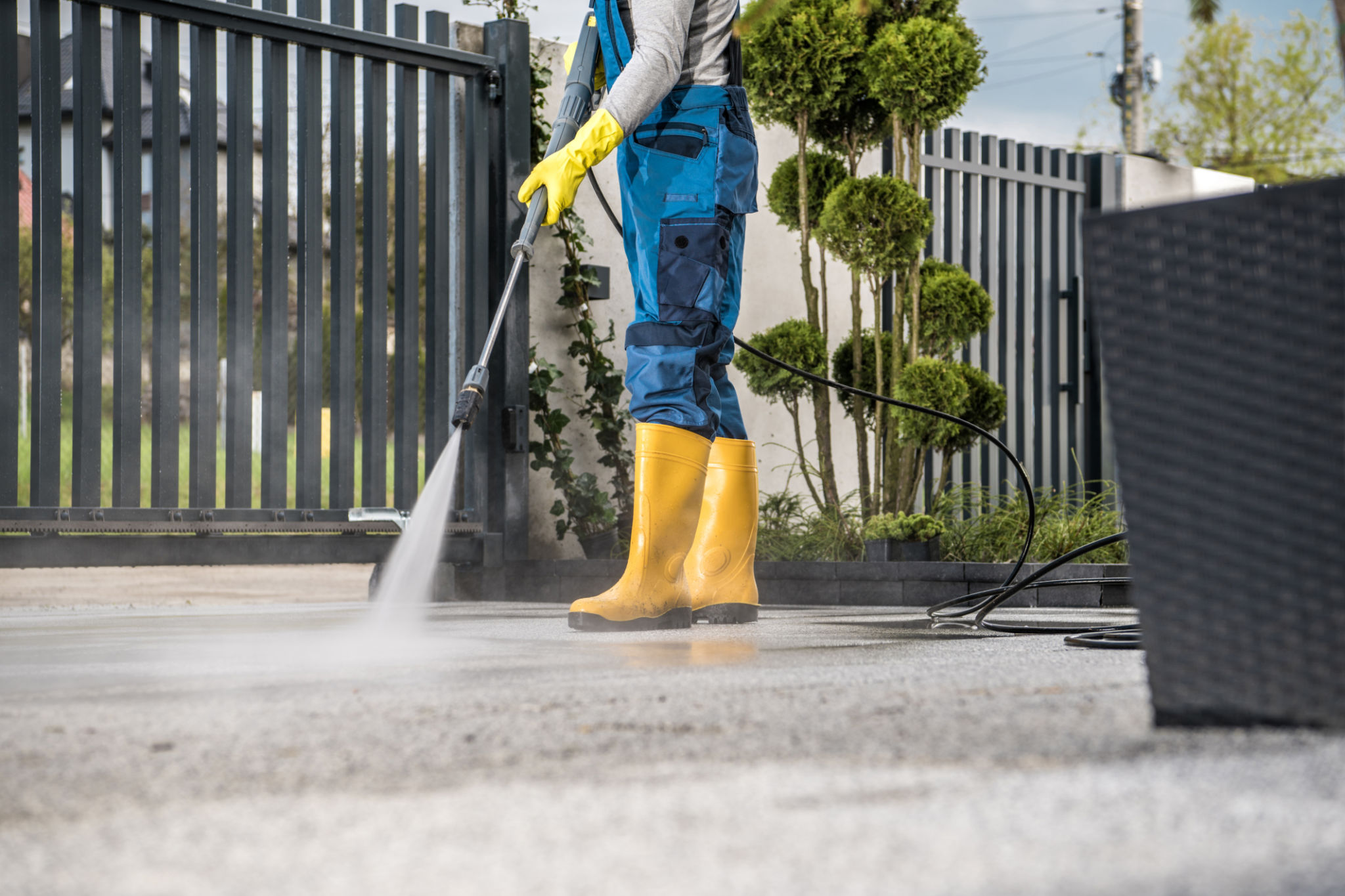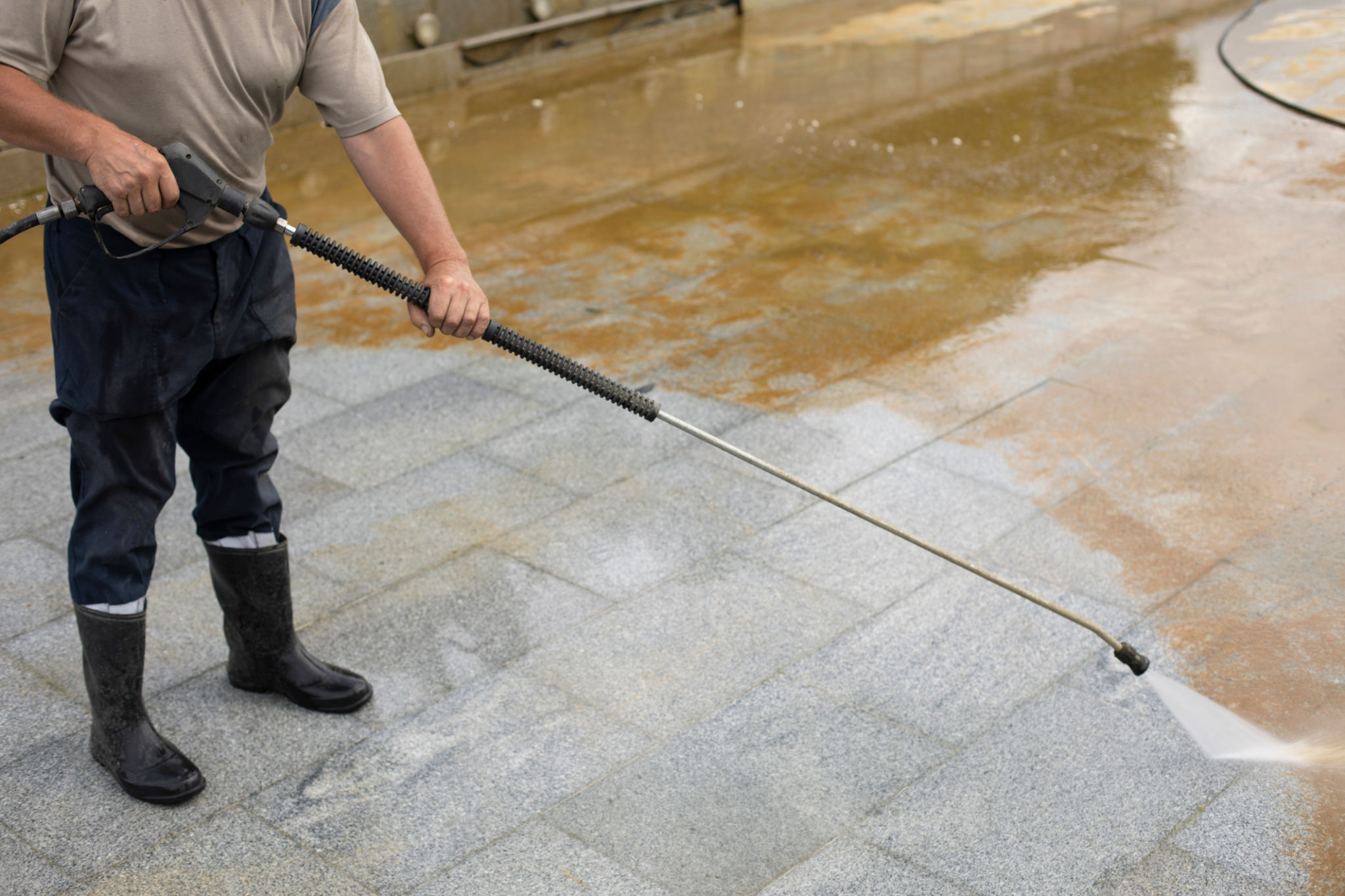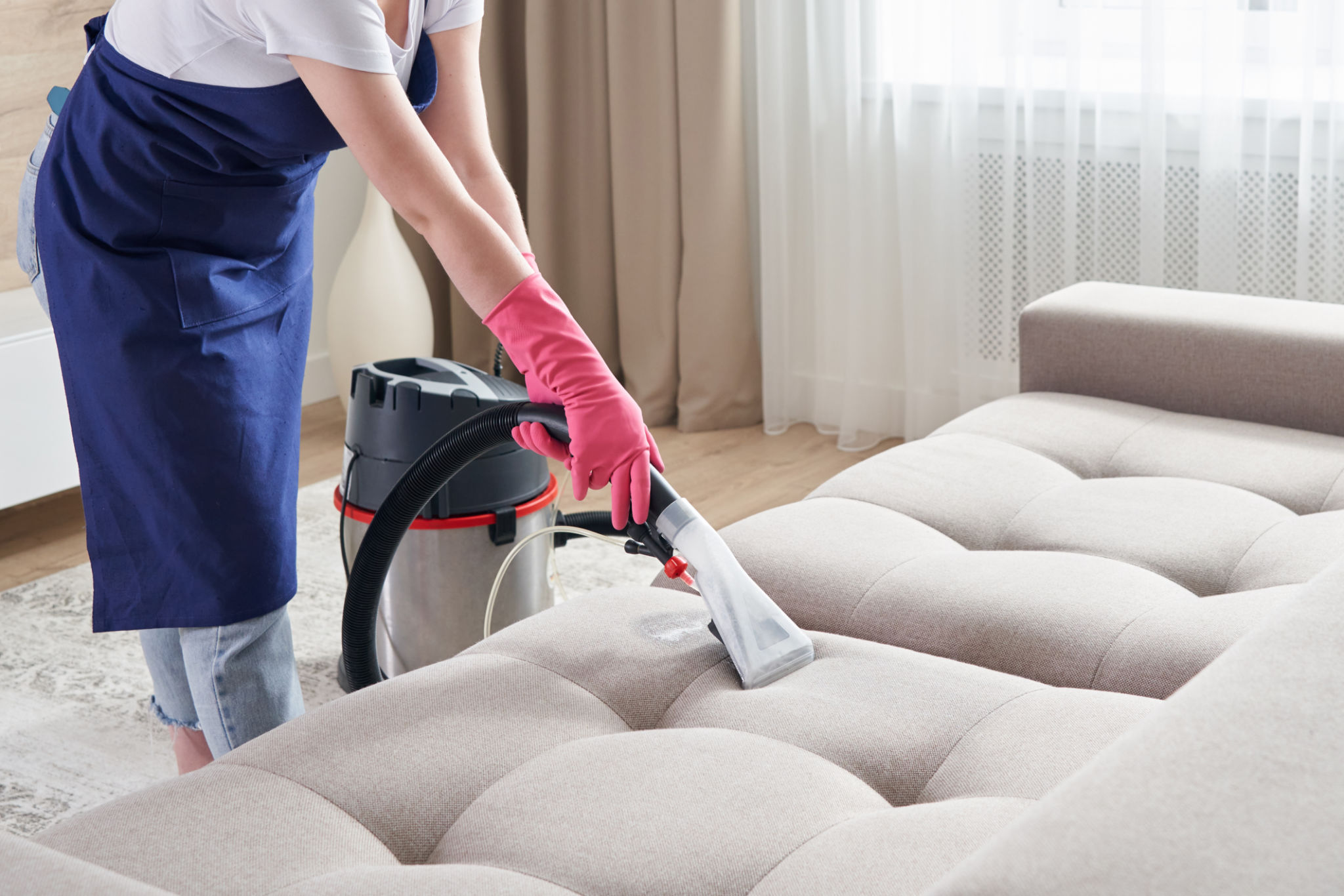DIY Power Washing: Tips and Tricks for Beginners
Getting Started with DIY Power Washing
Power washing is an effective way to clean various surfaces around your home, from driveways to decks. For beginners, it's important to understand the basics to achieve the best results while ensuring safety. With the right approach, you can transform your surfaces and give your home a fresh look.

Before diving into power washing, take some time to assess the area you plan to clean. Identify the type of surface and the level of grime you're dealing with. This will help you choose the right pressure setting and cleaning solution. Additionally, ensure that you have all necessary safety gear such as goggles and gloves.
Essential Equipment and Supplies
To get started with power washing, you'll need a few key pieces of equipment. The most important is, of course, the power washer itself. These come in electric and gas-powered models, with gas models often providing more pressure. Choose a model that suits both your budget and cleaning needs.

You'll also need a variety of nozzles and possibly some cleaning detergents. Nozzles come in different spray angles and are crucial for adjusting the pressure to match the surface being cleaned. Detergents can enhance cleaning results, especially on heavily soiled surfaces.
Setting Up Your Power Washer
Once you've gathered your equipment, it's time to set up your power washer. Start by connecting it to a water source and checking all hose connections to prevent leaks. Ensure the machine is on a stable surface before starting it up. If you're using an electric model, make sure your power source is safe from water exposure.
Power Washing Techniques
When you're ready to start cleaning, remember that technique is key. Begin with a test patch on an inconspicuous area to ensure the pressure and detergent are suitable for your surface. Hold the spray wand at a consistent distance from the surface, usually around 12-18 inches, to avoid damage.

Work in sections, moving in a consistent pattern to avoid streaks or uneven cleaning. For stubborn stains, a closer angle might be necessary, but always exercise caution to avoid surface damage. Adjusting your nozzle as needed can also help tackle tough spots more effectively.
Safety Precautions
Safety should always be your priority when power washing. Never point the spray wand at people or pets, as the high pressure can cause injury. Be mindful of electrical outlets and ensure they're protected from water exposure. If using a ladder, take extra precautions as the force of the spray can unbalance you.
Post-Cleaning Care
After finishing your power washing project, it's important to properly care for your equipment. Rinse out any detergent residues from the machine and hoses, and let them dry thoroughly before storing. Regular maintenance will extend the life of your power washer and keep it in optimal condition for future use.

DIY power washing can be a rewarding task that enhances your home's curb appeal. By following these tips and tricks, beginners can achieve professional-looking results safely and efficiently. Happy cleaning!
